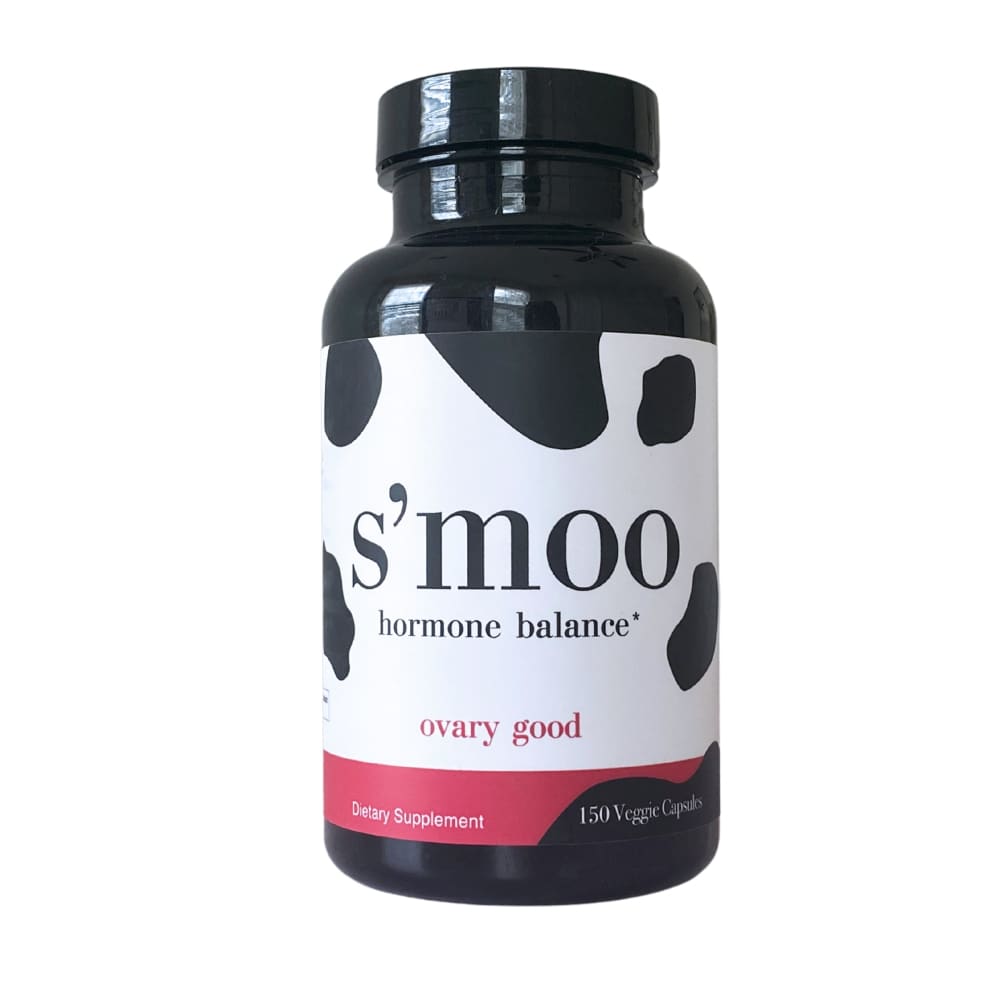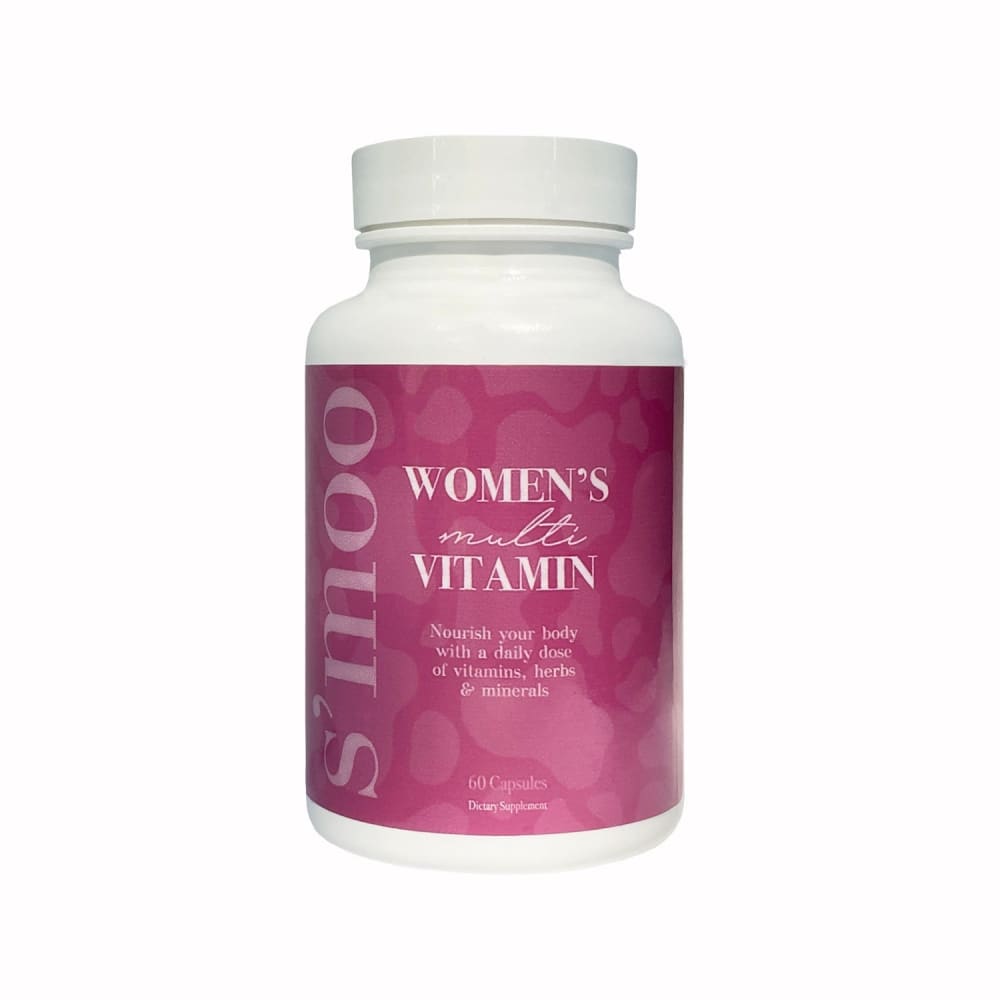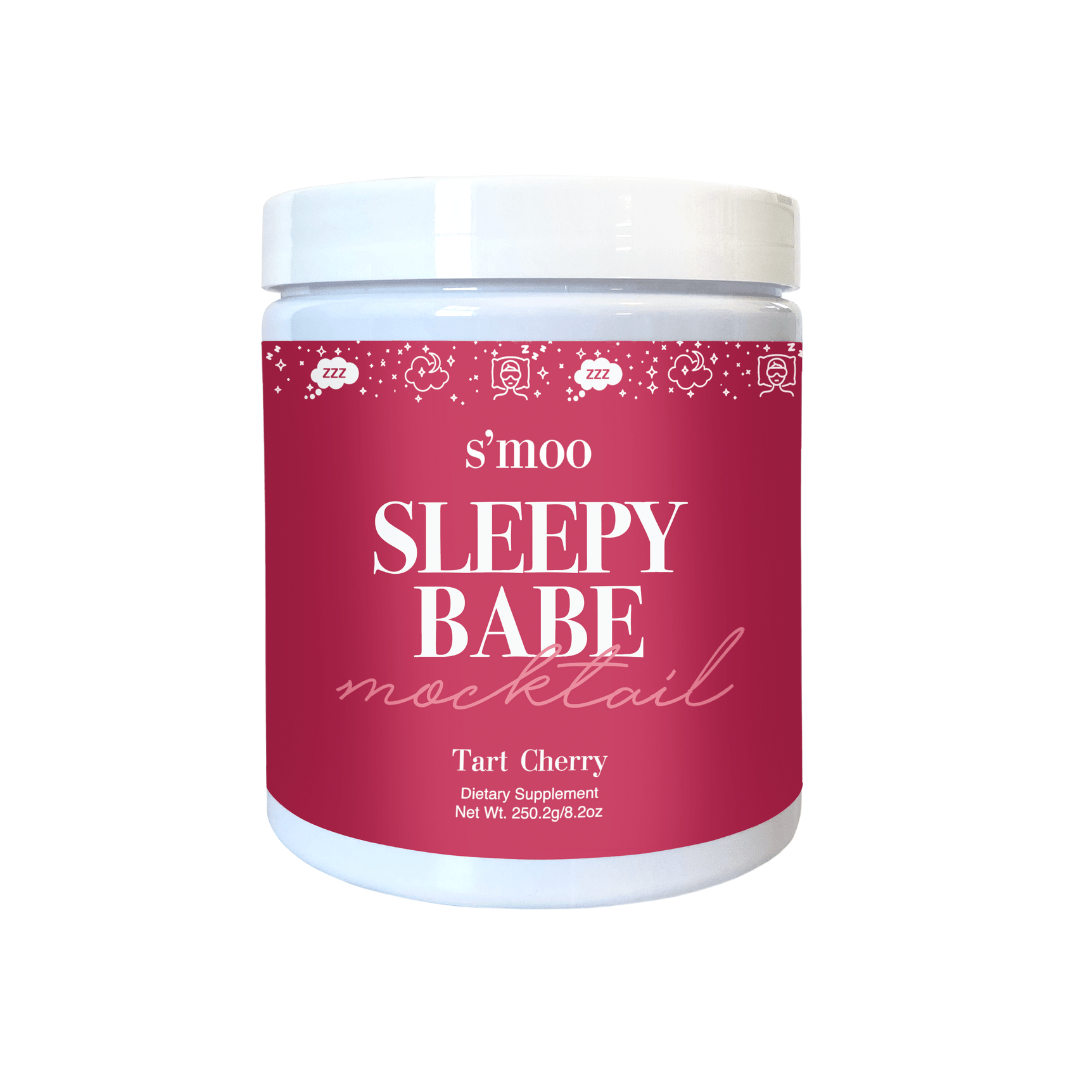Breast Tenderness After Your Period?
You're not alone if you suffer from occasional breast pain - most women experience it at some point in their lives. You can manage it, but you might also be doing some things to make it worse. In this blog we will review symptoms and solutions so keep reading!
Also don't forget that sore boobs are often associated with an early sign of pregnancy, but they can also signify that your period is imminent. In fact many women experience breast tenderness and pain (mastalgia) every month and it can cause discomfort and anxiety. Often when a women's period begins or shortly after, they find the pain disappears. Though for other women, even after their period is over, some still experience breast pain.
In this article, we'll explore some of the reasons why breasts remain sore after periods. As well as offering some information about breast pain, such as when to see a doctor, treatment options that may be helpful and also pregnancy symptoms that might cause breast tenderness.
How Common Is Breast Tenderness After Periods?
Most women between the ages of 15 and 40 suffer from breast pain, also known as mastalgia. In the UK, 60% of women report having breast pain at least once in their lives, and it's not just those who suffer from premenstrual or postmenstrual symptoms.
Are there different types of breast pain?
Breast pain can be divided into two types:
Cyclic breast painDuring your menstrual cycle, you may experience this type of breast pain. Because of this, it's more common in women who are between the ages of 20 and 50 - and particularly in younger women. Breast pain can occur in one or both breasts, and it is often caused by hormonal changes. Your breasts may begin to hurt roughly a week before your period. During your next menstrual cycle, you will experience cyclic breast pain again. After menopause, most women do not have this kind of breast pain.
Noncyclic breast painWomen in their 40s to 50s are more likely to experience noncyclical breast pain. It can be caused by many things, including injury to the breast. Muscles and tissues surrounding the breast can sometimes cause noncyclical pain. It is much harder to determine the causes of noncyclical pain than cyclical pain, which is much more common.
Possible Causes Of Breast Pain After Periods
Sometimes, breast soreness is caused by cyclic breast pain. Women may experience this during the first half of their menstrual cycle when estrogen levels are at their peak.
There can, however, be a variety of reasons for breast soreness following a period.
After a period ends, breast pain may be caused by a number of things such as:
DietWomen may experience breast pain from the foods they eat. Fat- and refined-carb-rich diets may also increase breast pain risk for women.
Extramammary concernsA chest, arm, or back muscle irritation can cause breast pain. Raking, rowing, shoveling, and waterskiing are all common activities that can cause this.
Breast sizeThe neck and shoulders can be uncomfortable for women who have large breasts or whose breasts aren't proportional to their frames.
Breast surgeryIncisions on your breasts can lead to persistent pain caused by scar tissue formation.
MedicationsIt is possible to experience breast pain from a variety of medications. The following are some of them:
- Cyclic breast pain may be caused by hormone replacement therapy drugs
- antibiotics
- some antidepressants
- Hormone treatments
If breast pain occurs after taking a new drug, a doctor should be consulted. Though do not stop taking a new drug without consulting your doctor and getting approval that it is safe to stop.
SmokingIn breast tissue, smoking increases levels of epinephrine. The nicotine in cigarettes also narrows the blood vessels above the waist in women which can also contribute to breast pain.
Breast or muscle injuryDepending on where the injury occurs, one or both breasts may experience pain. When the breast sustains a blow, it may experience sudden and intense pain or pain that gradually gets worse over time. The breast may also develop a bruise. The injury is painful regardless of whether the breast is bruised.
Pain in or near the breast may be caused by an injury to one of the following areas:
- the chest
- the arm
- the shoulder
Pain may feel as if it were coming from the breast sometimes, even if it is coming from somewhere else in the body.
There are several conditions that can cause this type of pain, including:
Costochondritis: Rib cartilage inflammation refers to this condition. When taking a deep breath or moving, it usually causes a sharp, shooting pain.
Acid reflux: Burning pains in the chest are sometimes caused by acid reflux. Some people feel that their breasts are the source of their pain.
Gallbladder issues: Gallbladder issues can cause breast pain for some people. Right shoulder blade pain or back pain is generally associated with gallbladder pain around the ribs.
What To Do About Painful Breasts?
It is possible that breast pain will resolve on its own without treatment for most women over time. Although little research has been done to show how effective these self-care remedies are, some might be worth trying: Whether the pain is cyclic or if your doctor has already ruled out a serious condition, here are eight tips for managing it or keeping it from getting worse:
1. Eat a low-fat, high-fiber diet.
Breast pain can be worsened by a high-fat diet - and it might increase your risk of getting breast cancer. A healthy diet is not only good for your health, but it can also extend your life.
2. Limit caffeine.
Research suggests that reducing caffeine consumption or skipping caffeine can reduce breast pain in women.
3. Increase vitamin B6 and vitamin E.
Breast pain can be reduced by both vitamins. As well as protecting your breasts against free radicals, vitamin E also helps to prevent cell death.
4. Try evening primrose oil.
Breast pain has been linked to fatty acid imbalance, which is a great source of essential fatty acids. Premenstrual syndrome and endometriosis can sometimes be treated with evening primrose oil.
5. Make sure your bra fits properly.
It is common for a poorly fitted bra to cause noncyclic breast pain. You can try on your bra in the store with the help of an experienced salesperson. Wear a good-quality sports bra if you're exercising or playing sports.
Make sure to protect your skin when applying heat to your breast.
6. Schedule your mammogram the week after your period.
You may feel more sensitive to your breasts before or during your period.
7. Limit sodium (salt) intake.
As a result of salt intake, fluid retention can lead to breast pain.
8. Maintain a good relationship with your healthcare team.
If you feel or see any changes in your breasts, tell them. Talk to them and make sure they have the expertise and technology you need.Breast pain can be managed effectively by your primary care physician, gynecologist, and radiologist. However, they cannot do it alone. Your role is crucial to the success of the team.
9. Balance your hormones using supplements.
Ovary Good by S'moo has 7 vitamins, minerals and herbs to help balance hormones naturally and may help reduce breast pain associated with a hormone imbalance or hormone fluctuations. Check out our Hormone Balance Supplements here.
When To Be Concerned About Breast Pain After Periods?
Time, medications, or lifestyle changes will usually relieve breast pain on their own. In any case, if you suffer from any of these symptoms, consult your doctor for a diagnosis and assessment:
- A fever
- Nipple discharge
- A sudden increase in pain or a change in pain
- Painful lumps or masses
- Changes in the skin's color or texture
- A specific area of pain
- Menstrual pain that is not related to your cycle
Other Causes of Breast Pain associated with Pregnancy:
Pregnancy
Breasts can become swollen and tender during pregnancy due to hormonal changes. During pregnancy, your body produces more estrogen than usual. Breast pain and tenderness often accompany your pregnancy as it progresses through various stages.
Breastfeeding and Breast Pain
You can feed your infant naturally and nutritionally by breastfeeding, but there are some pitfalls and difficulties involved. Breast pain can occur for a variety of reasons while breastfeeding. The following are some examples:
Mastitis
The milk ducts of your breasts are infected with mastitis. Nipples may become cracked, itchy, burning, or blistered as a result. There may also be red streaks on the breast, fever, and chills. Antibiotics will be prescribed by your doctor.
Engorgement
Overfull breasts are called engorgement. It will cause enlargement of your breasts and tightness and pain in your skin. Try pumping or manually expressing your milk if you cannot feed your baby soon.
The thumb should be on top of the breast and the fingers underneath. Then roll your fingers slowly back against the chest wall as you move your fingers forward to your nipples, so that you will be able to empty your breasts.
Improper latch
Breast pain is likely to occur if your baby does not latch on properly to your nipple. The soreness and cracking of your baby's nipples may indicate that they are not latching properly.
If you give birth in a hospital, a lactation consultant should be able to assist you in developing a healthier latch.
Thrush
Fungal infections such as thrush are caused by fungi. Candida albicans is usually responsible for causing it. An infection is sometimes caused when this fungus multiplies out of control and infects the skin.
The nipples can also be affected by thrush. People who are breastfeeding are more likely to suffer from breast and nipple thrush (BNT).
Conclusion
Most breast pains are not serious. There are many women who will experience breast pain in their lifetime, but only a few will need to seek medical attention for a serious problem such as cancer.
Talk to your doctor about your breast pain symptoms if you have any concerns. Check your health regularly as recommended by your doctor. It is important to discuss your risk factors with your doctor, including your family and genetic history.










